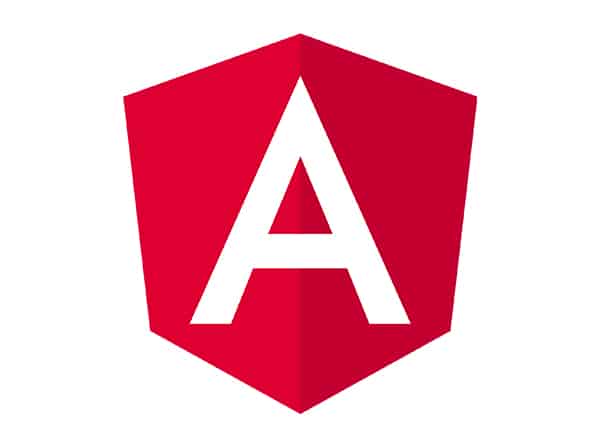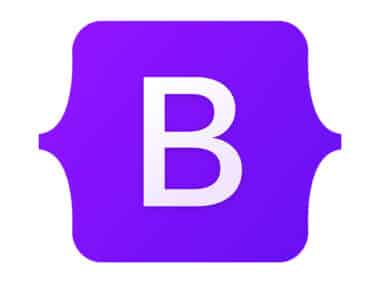Angular is an open-source web application framework that is used by developers to build dynamic, scalable, and maintainable web applications. It was initially developed and is currently maintained by Google. Angular provides a number of features and benefits that make it a popular choice among web developers.
Angular Architecture
Angular follows a component-based architecture. This means that each component is responsible for a specific part of the application, and the components interact with each other to create a complete application. The architecture also includes modules, services, and directives.
Components
Components are the building blocks of an Angular application. Each component is made up of three parts: template, class, and metadata. The template defines the user interface, the class contains the logic, and metadata provides additional information about the component. Components can be reused across multiple applications, making it easier to maintain and update code.
Modules
Modules are used to organize the components, directives, and services of an application into cohesive functionality. They help to keep the code clean and maintainable. Modules can also be used to define dependencies and configure services.
Services
Services are used to provide functionality that is needed across multiple components. They are a way to share data and functionality throughout the application. Services can be used for a variety of purposes, such as data retrieval, logging, and user authentication.
Directives
Directives are used to add behavior to the HTML elements. They are used to manipulate the DOM and provide additional functionality to the components. Directives can be used to create custom attributes, change the appearance of elements, and add event listeners.
Features of Angular
Two-way Data Binding
Angular provides two-way data binding, where changes made to the data in the UI are reflected back to the data model, and vice versa. This makes it easier to keep the data in sync between the UI and the data model.
Dependency Injection
Angular has a built-in dependency injection system, which makes it easy to manage dependencies and create reusable code. Dependency injection allows developers to define dependencies once and then reuse them across multiple components and services.
Routing
Angular provides a powerful routing system that allows developers to define routes for different parts of the application and handle navigation between them. Routing can be used to create multiple views, handle user authentication, and manage state.
Forms
Angular provides a rich set of tools for handling forms. It includes features like form validation, form controls, and form groups. This makes it easier to create and manage forms in web applications.
Testing
Angular comes with tools for testing applications. It provides tools for unit testing, integration testing, and end-to-end testing. Testing is an important part of the development process, and Angular makes it easier to write and run tests.
In conclusion, Angular is a powerful framework that provides developers with the tools to create dynamic, scalable, and maintainable applications. Its architecture is modular and flexible, making it easy to develop and maintain complex applications. With a wide range of features and benefits, Angular is a popular choice among web developers.





